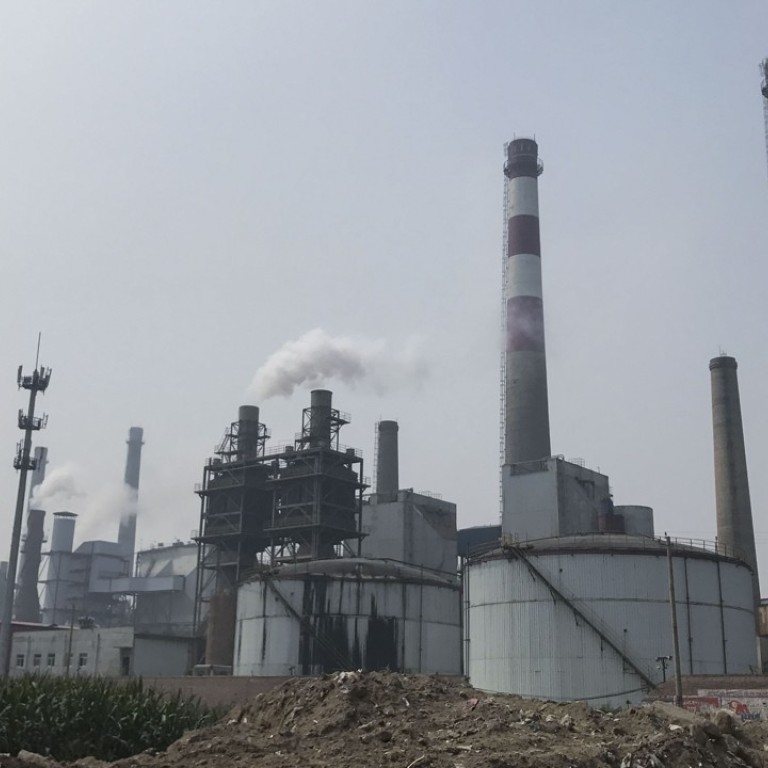
Grim news from the front line of China’s battle against air pollution
Pollution peak arrives early as factories in Hebei ramp up production
On a Tuesday afternoon, thick white steam billows from glass factories scattered across Shahe, an industrial town in Hebei, China’s most polluted province.
With a choking, sour smell in the air, dozens of children and their parents swarm out of a primary school on bicycles and motorcycles. Most are not wearing masks.
Empty trucks line up in front of the factories, while those loaded with sheets of glass roll onto the city’s six-lane roads, raising clouds of dust in their wake.
“I cannot stand the air,” said Ji Hejun, 47, a grocer who lives next to a glass mill. “I have to keep my windows shut whenever the southerly wind comes, or my home will be filled up with that sour smell.”
The air pollution problem in Shahe, 400km south of Beijing, is symptomatic of the challenges China is facing in its attempts to clean up the environment, with pollution actually worsening in some cases.
Known as China’s “glass capital”, Shahe is home to more than 600 manufacturing and processing firms that churn out a tenth of the world’s flat glass. As in many other factory towns in the country’s industrial heartland, the mills that run 24 hours a day have created jobs and boosted government coffers but have also caused serious environmental problems.
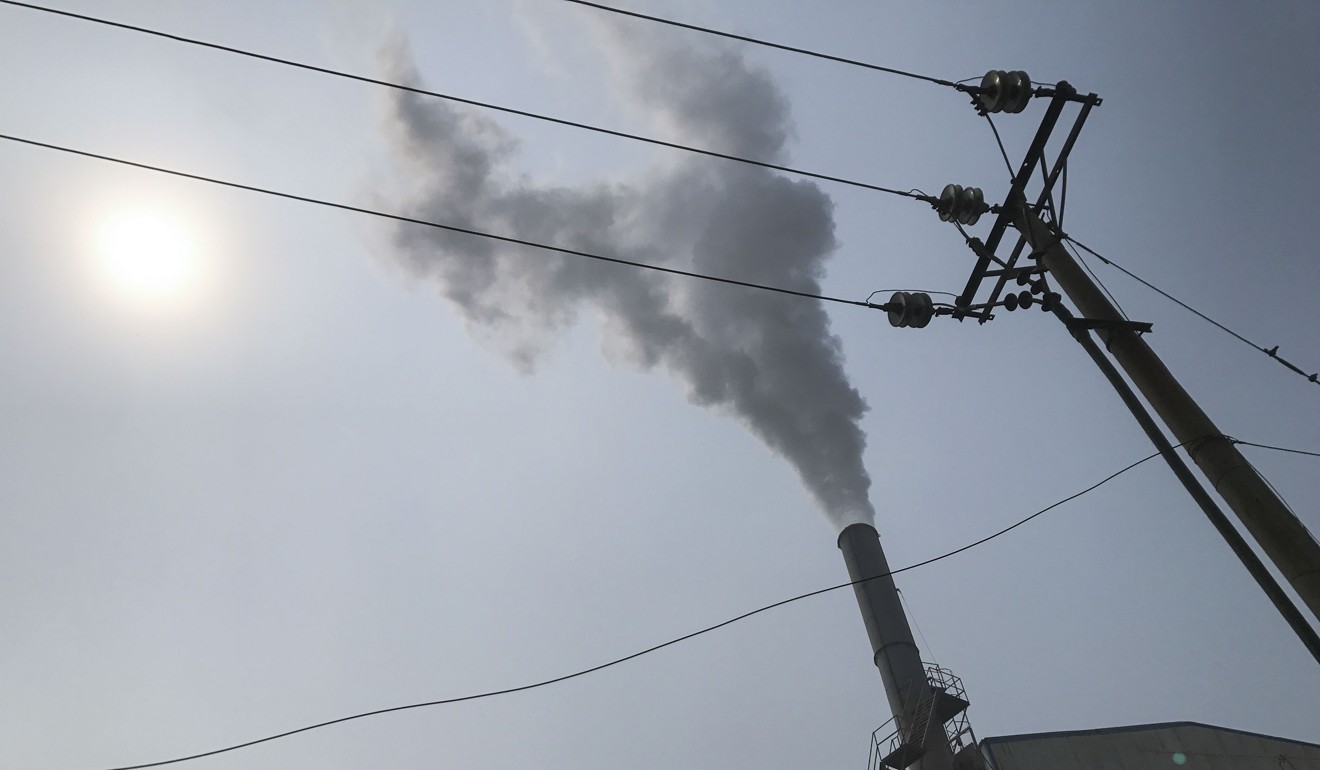
Hebei has China’s worst air pollution, and Xingtai, of which Shahe is a part, has long been one of the country’s 10 smoggiest cities. Shahe is one of its major sources of pollution.
The entire town was shrouded in yellowish-grey smog when it was visited by the South China Morning Post this month, with corn growing in surrounding fields dusted with sand, a raw material used in glass making. In the early afternoon, the air-quality index broke through 200, a level at which even healthy people can feel unwell.
Some 50,000 people in Shahe, which has a population of 480,000, are directly employed in glass making. But the air has become so dirty that local residents who also depend on the industry, like Ji who sells groceries to glass mill workers, are calling on the government to act on the hazardous smog.
Public frustration about air pollution has been growing across northern China, where blue skies have become a rarity and people are dying earlier from heart disease and lung cancer.
The discontent prompted Beijing to declare a war on pollution in 2014, pledging to make the air cleaner by shutting down the most polluting factories and imposing tough emission standards on the rest.
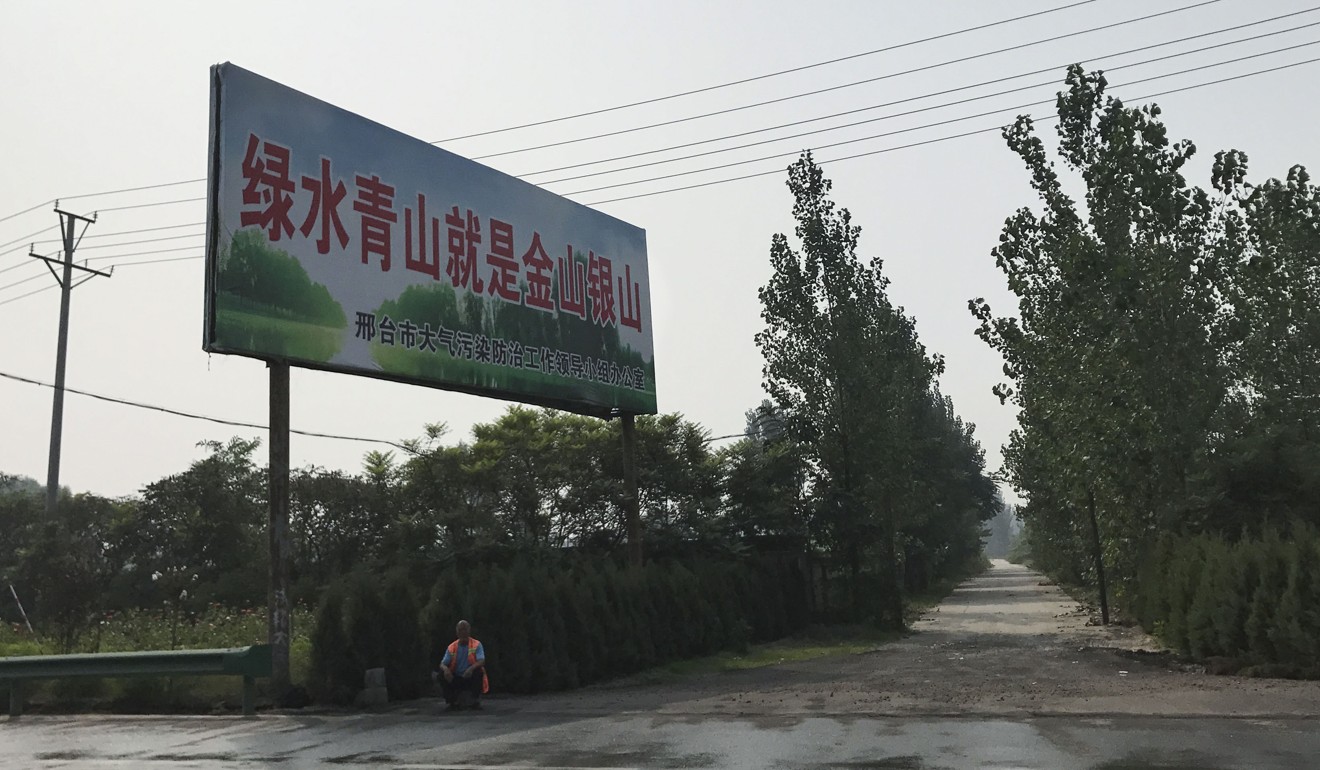
However, with the economy showing signs of a slowdown, the choice between cleaning the environment and keeping growth on track is becoming stark, especially in places like Shahe, where the local economy has been dependent on one polluting industry for decades.
“A lot of investments in China in the past were made with very little regard for the environment,” said Yang Dali, a political scientist at the University of Chicago. “The leadership is particularly keen to correct that.
“It is almost like there is a sense of shame that for all the economic achievements China has made, every winter there is an airpocalypse.”
The ruling Communist Party led China down a path of unbridled development in recent decades, but the current leadership under Xi Jinping has placed more emphasis on environmental protection.
In the industrial province of Hebei, late paramount Deng Xiaoping’s famous quote “real work makes the nation greater”, has been fading from the factory walls on which it was painted, while new billboards trumpet Xi’s line that “clear waters and green mountains are mountains of gold and silver”.
But top-down directives to curb pollution run into obstacles when it comes to local implementation.
The government set aggressive air quality targets four years ago, aiming, for instance, to cut levels of PM2.5 – hazardous airborne particles – in the Beijing-Tianjin-Hebei region by 25 per cent from 2012 levels by the end of this year, but they were close to record highs last winter.
Earlier this month, residents in the north experienced multiple days of severe air pollution, something that usually occurs later in the autumn.
Under huge pressure to meet the government’s targets, environmental authorities find themselves engaged in a tough cat-and-mouse game with polluting factories.

Among some 40,000 companies inspected by the Ministry of Environmental Protection from April to August, more than half were found to be breaking environmental rules which have been in place for years. Some factories even prevented officials from conducting inspections, the ministry said.
Janson Jia, an environmentalist who regularly visits polluting factories in Hebei, said some companies did not want to spend money on upgrading facilities, while others refused to turn on emission filters because they would lead to higher electricity bills.
“Many factories would rather pay the fine,” Jia said. “After they are penalised, they continue with the violation, knowing the officials won’t come back any time soon.”
China’s air quality improved significantly in 2014 and 2015 thanks to progress in cutting coal consumption and enforcing emission restrictions.
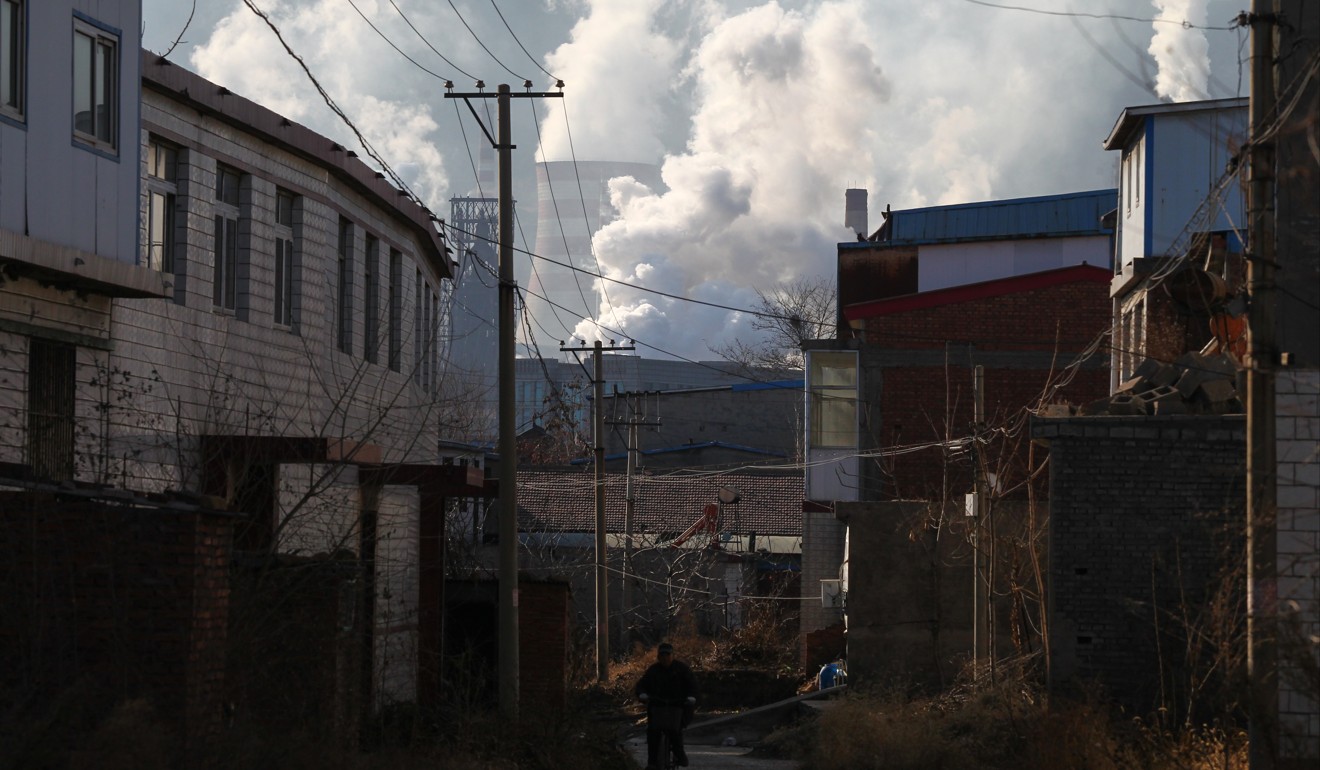
However, a state-led infrastructure boom, aimed at supporting the economy, has raised prices for construction materials and prompted factories to ramp up production, sending the improvement in air quality into reverse.
Lauri Myllyvirta, a Beijing-based campaigner at environmental group Greenpeace, said the year-long stimulus had worsened pollution in the Beijing-Tianjin-Hebei region, with heavy industries, such as steel making, responsible for most of the emissions.
“Environmental authorities have been working really hard wherever they can,” Myllyvirta said. “But the economic policies have been working in the other way.”
The production boom continued into this summer, with China’s steel output last month the highest ever as steel prices rose to six-year highs. The country also saw a 6 per cent rise in aluminium production in the first eight months of the year.
Factories has also ramped up production ahead of upcoming curbs on production, Myllyvirta said, which meant pollution levels had been peaking earlier than usual.
The government has announced that steel mills in industrial cities, including Handan and Tangshan, will have to halve production from mid-November, while all factories are likely to be ordered to shut down temporarily to ensure blue skies for the party’s national congress next month.
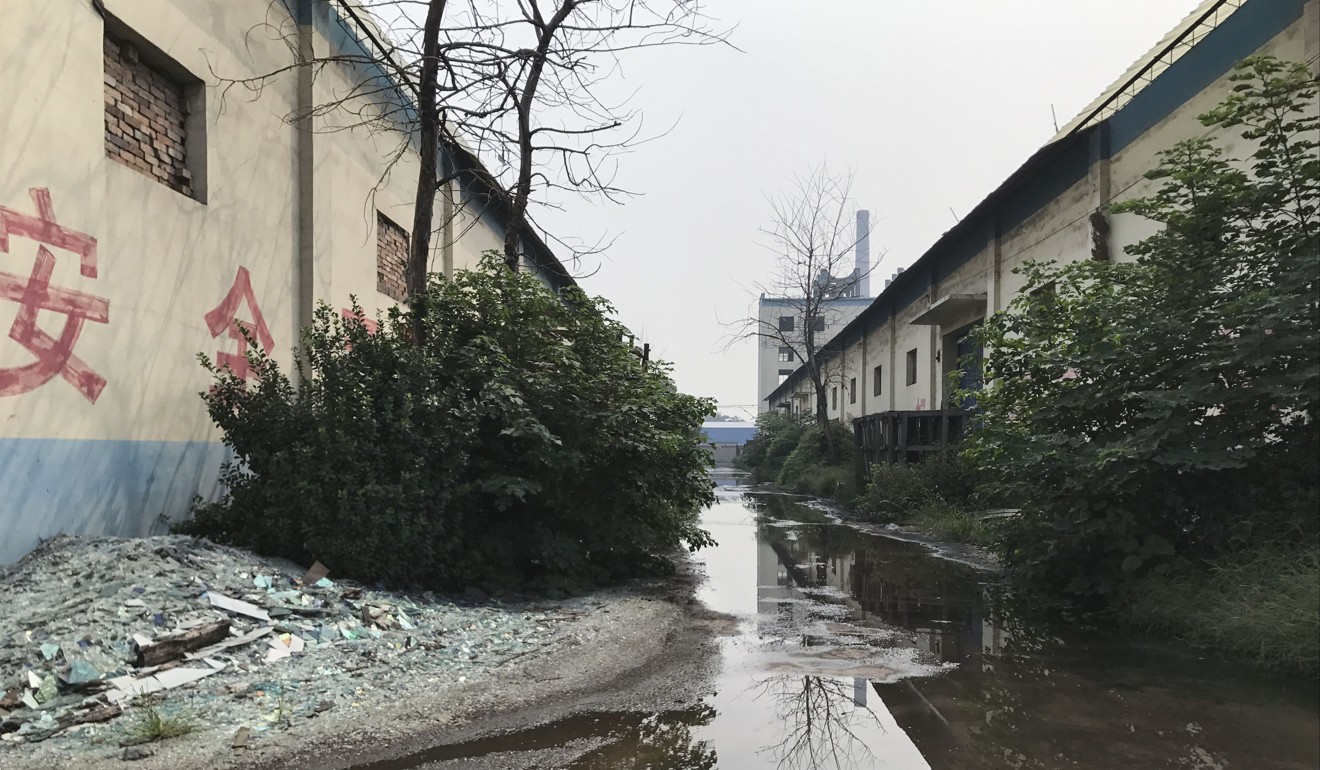
Another environmental activist in Hebei, who declined to be named, said that when he visited the steel hub of Tangshan in June, a few big steel mills were running around the clock.
“The chimneys were sending out thick smoke at 3am,” he said. “You could also see many big trucks on the road.”
With the pressure to reduce winter smog piling up, the environmental authorities were likely to take the lead in directing the battle against air pollution, Yang said, while the party leadership under Xi was also putting local officials under greater political pressure to deliver on environmental goals.
On the frontline of the fight against smog, Hebei has shut down more factories in recent months, even though that means cutting jobs and local revenues.
Earlier this month, Shahe’s local government held its half-yearly glass trade fair to promote the “prosperous development” of its glass sector. But only a week later , 11 glass firms were named and shamed on state media as “typical violators of the environmental protection law”.
The Huatong patterned glass factory, branded the top violator, was fined 1.2 million yuan (US$183,000) recently for exceeding the emission limits more than threefold.
When the Post visited the factory, there was rusty equipment and piles of glass on the floor but no machines appeared to be running.
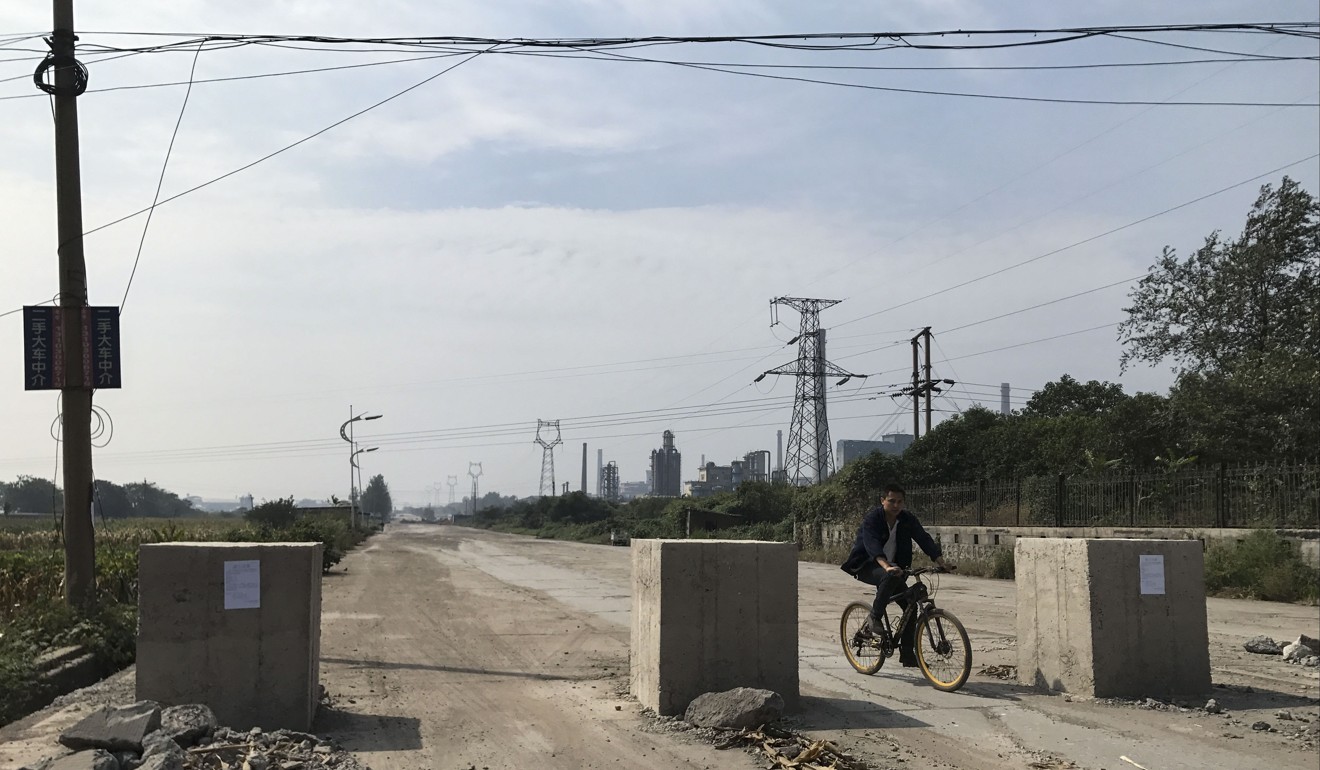
About an hour’s drive away from Huatong, the Zongheng Iron and Steel plant has paid more than 3 billion yuan in taxes since 2004. But the plant, on the outskirts of Handan, halted production on the last day of August after failing to meet new environmental rules.
Its chimneys and blast furnaces are now idle, and concrete barriers have been erected at both ends of the road leading to the factory to prevent big trucks from entering.
Piles of red and black iron ore waste dotted a corn field opposite the factory.
A former forklift driver at Zongheng, who only gave his surname Liu, said all the female employers had been dismissed last month, while the men had been kept on to dismantle the plant for 90 per cent of their original monthly salary of 2,500 yuan.
“I need to find a new job soon,” Liu, 27, said as he headed out for lunch on a pink motorbike. “The environmental protection thing is getting too harsh.”
This is the second in a three-part series on pollution in China, exploring the country’s balancing act between economic growth and efforts to improve its air, water and waste management. Read part one here.

